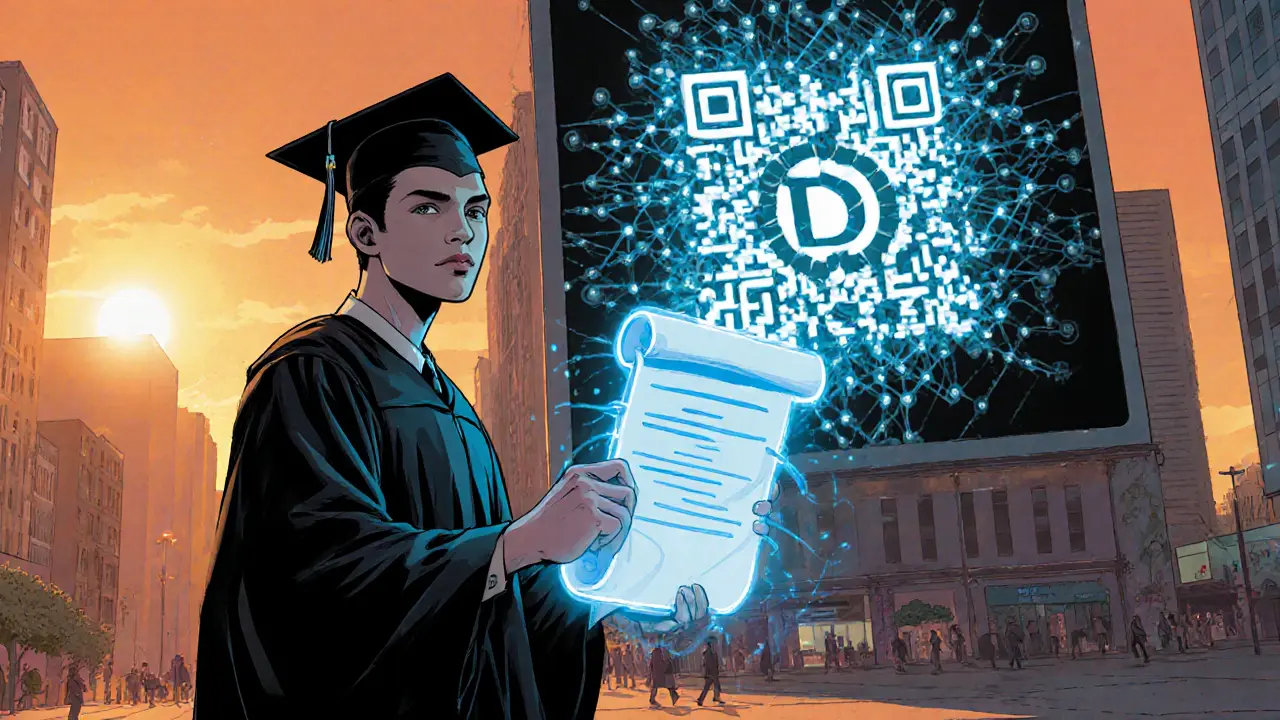Verifiable Credentials – Your Quick Start Guide
When working with Verifiable Credentials, cryptographically signed statements that prove a claim about a person, organization, or device. Also known as VCs, they let the holder share trusted data without revealing more than needed. Verifiable Credentials bridge the gap between offline paperwork and online trust.
These credentials sit on top of Blockchain, a tamper‑proof ledger that records credential issuance and revocation. By anchoring VCs to a blockchain, issuers gain immutable proof that a credential was created and can be instantly checked for authenticity. This link makes fraud much harder and speeds up verification for services ranging from banking to travel.
Another key piece is Self‑Sovereign Identity, a model where individuals own and control their identity data. SSI relies on VCs to give users the power to decide which claims to reveal, when, and to whom. In practice, SSI moves identity from centralized providers to users, reducing data silos and privacy risks.
Why Decentralized Identifiers Matter
The backbone of SSI and VCs is the Decentralized Identifier (DID), a globally unique ID that points to a user's public key and credential metadata stored on a distributed network. DIDs let a holder prove control of an identifier without needing a central registrar. The relationship is clear: DIDs enable Verifiable Credentials to be both discoverable and verifiable across different platforms.
To make VCs usable in everyday life, people store them in a Digital Wallet, an app that holds, presents, and updates credentials securely on a mobile device. The wallet handles signing requests, checks revocation status, and presents only the required fields to a verifier. This simple UI transforms complex cryptography into a click‑and‑share experience.
Putting these pieces together creates a solid ecosystem: VCs provide the claim, DIDs give the identity, blockchain guarantees integrity, SSI defines the ownership model, and digital wallets make interaction painless. That synergy is why industries are racing to adopt VCs for everything from employee onboarding to vaccine passports.
Security is a big concern, so most implementations follow the W3C Verifiable Credentials Data Model. The model defines standard JSON‑LD structures, proof formats like Ed25519 signatures, and revocation mechanisms such as status lists. Following the standard means a credential issued by a bank can be read by a government portal without custom code.
Regulators are also paying attention. In the EU, the eIDAS regulation now recognizes digital credentials backed by secure identifiers, opening the door for cross‑border verification. Meanwhile, the U.S. is exploring frameworks that treat VCs as legally binding evidence, especially for education and professional licensing.
Real‑world pilots show the impact. A major airline used VCs to verify passenger health records, cutting boarding time by half. A university issued micro‑credentials as VCs, allowing graduates to share verified skill badges directly with employers. Even supply‑chain firms are issuing VCs for product certificates, letting retailers prove authenticity with a scan.
For developers, the stack looks like this: choose a DID method (e.g., key, web, or sov), deploy a credential registry on a blockchain (like Ethereum or a private Hyperledger network), issue VCs using libraries such as VC‑JS or Trinsic, and integrate a wallet SDK for user interaction. Each step maps to a clear entity: DID method ↔ identifier, blockchain ↔ immutable record, wallet ↔ user interface.
Looking ahead, we expect three trends to shape the space. First, zero‑knowledge proofs will let holders prove statements (like “over 21”) without revealing the underlying data. Second, interoperable standards will let VCs move freely between ecosystems, reducing vendor lock‑in. Third, AI‑driven risk scoring will combine credential data with behavior analytics to automate trust decisions.
All this background sets the stage for the articles below. You’ll find deep dives into tokenized identities, step‑by‑step guides for creating your first VC, security checklists for revocation management, and case studies of how businesses are deploying this technology today. Dive in to see how Verifiable Credentials are reshaping trust in the digital world.

